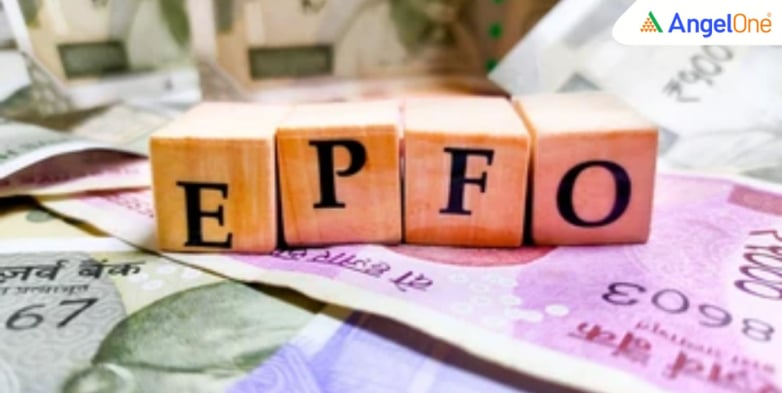
The Employees’ Provident Fund Organisation (EPFO) has introduced sweeping reforms aimed at improving member convenience and strengthening transparency. At its latest Central Board of Trustees (CBT) meeting, chaired by Labour Minister Mansukh Mandaviya, the board approved liberalised part withdrawals, introduced the Vishwas Scheme to settle litigations, and rolled out key digital initiatives under its modernisation framework.
These changes mark a major step towards creating a member-centric and efficient provident fund ecosystem.
EPFO has consolidated 13 separate withdrawal provisions into three simplified categories — Essential Needs (for illness, education, marriage), Housing Needs, and Special Circumstances. Members can now withdraw up to 100% of their EPF balance, covering both employee and employer contributions.
Withdrawal flexibility has been expanded dramatically. Members can make up to 10 education-related withdrawals and five for marriage, compared to the earlier combined cap of three. The minimum service requirement for all partial withdrawals has been reduced to 12 months. Under “Special Circumstances,” employees are no longer required to state specific reasons for withdrawal, reducing claim rejections and administrative hurdles.
A new provision mandates that 25% of contributions remain as a minimum balance, ensuring continued accrual of interest at 8.25% per annum with compounding benefits, helping members preserve a healthy retirement corpus.
In a bid to reduce litigation, EPFO has launched the Vishwas Scheme, designed to rationalise penal damages related to delayed provident fund remittances. The scheme lowers penalties to a flat 1% per month, with reduced rates of 0.25% for defaults up to 2 months and 0.5% for up to 4 months.
As of May 2025, EPFO’s outstanding penal damages stood at ₹2,406 crore, with more than 6,000 pending cases across courts and nearly 21,000 potential cases on the e-proceedings portal.
The Vishwas Scheme will remain operational for 6 months, extendable by another six, and covers pending litigations, unpaid orders, and pre-adjudication cases under Section 14B. Once compliance is achieved, all pending cases will be considered resolved.
Under the EPFO 3.0 modernisation programme, the board approved a comprehensive digital transformation plan that integrates core banking solutions with cloud-native and API-first systems.
This hybrid model will streamline member account management, compliance tracking, and multilingual customer service. The digital upgrade is expected to enable faster automated claims, instant withdrawals, and seamless payroll-linked contributions for EPFO’s 30 crore members.
In addition, the CBT finalised the appointment of four fund managers to oversee EPFO’s debt portfolio for a five-year term. This step, recommended by the Selection and Investment Committees, aims to ensure prudent fund management, diversification, and improved long-term returns on members’ savings.
Read More: RBI Recommends Reforms to Strengthen EPFO’s Fund Management!
With its liberalised withdrawal framework, pensioner-friendly initiatives, and digitisation roadmap, EPFO is redefining the landscape of social security services in India. These reforms not only simplify processes but also reaffirm the organisation’s commitment to accessibility, transparency, and financial well-being for millions of members nationwide.
Disclaimer: This blog has been written exclusively for educational purposes. The securities mentioned are only examples and not recommendations. This does not constitute a personal recommendation/investment advice. It does not aim to influence any individual or entity to make investment decisions. Recipients should conduct their own research and assessments to form an independent opinion about investment decisions.
Investments in the securities market are subject to market risks, read all the related documents carefully before investing.
Published on: Oct 14, 2025, 1:09 PM IST

Team Angel One
We're Live on WhatsApp! Join our channel for market insights & updates